Description
Toomemäe motiiv by Karl Pärsimägi printed on a T-Shirt
About the T-Shirt
Regular fit
Standard length, the fabric easily gives into movement
Casual wear
A classic, everyday option loved by our customers
Side-seamed
Constructed by sewing two parts together, creating a fitted look
The Unisex Staple T-Shirt feels soft and light with just the right amount of stretch. It’s comfortable and flattering for all. We can’t compliment this shirt enough–it’s one of our crowd favorites, and it’s sure to be your next favorite too!
- Solid colors are 100% Airlume combed and ring-spun cotton
- Ash color is 99% combed and ring-spun cotton, 1% polyester
- Heather colors are 52% combed and ring-spun cotton, 48% polyester
- Athletic and Black Heather are 90% combed and ring-spun cotton, 10% polyester
- Heather Prism colors are 99% combed and ring-spun cotton, 1% polyester
- Fabric weight: 4.2 oz./yd.² (142 g/m²)
- Pre-shrunk fabric
- 30 singles
- Side-seamed construction
- Tear-away label
- Shoulder-to-shoulder taping
- Blank product sourced from Nicaragua, Mexico, Honduras, or the US
Karl Pärsimägi (1902 – 1942)
Karl Pärsimägi was an Estonian Fauvist painter. He was murdered in Auschwitz concentration camp after being arrested in Paris.
Karl Pärsimägi was born in Oe, Antsla Parish in 1902, Pärsimägi was the son of a wealthy “gentleman farmer”. In 1919, he participated in the Estonian War of Independence and was awarded a medal. After that, against his father’s wishes, he went to Tartu to enrol at the new Pallas Art School, known for promoting modern art. In addition to the newer styles, such as Fauvism, he found himself influenced by Estonian folk art and by Konrad Mägi, who was a teacher there. He also studied with Ado Vabbe and Nikolai Triik and went on a study trip to Germany in 1923. That same year, he held his first exhibition. He interrupted his training several times to visit the family farm and paint landscapes.
He moved to Paris in 1937 with the financial support of his father, who had finally become reconciled to his son’s career choice. While there, he studied at the Académie Colarossi and came under the influence of Paul Cézanne, although he became known as the “Estonian Matisse”. At the outbreak of World War II, unlike most other Baltic artists, he refused to return to his homeland, which was now occupied by the Russians.
In 1941, he was arrested by the Gestapo in Paris and taken to Auschwitz via Drancy internment camp. The reasons for his arrest remain unclear. He was not Jewish, but may have been trying to help a Jewish friend or active in the French Resistance. Sexual orientation has also been cited as a possible motive. He was murdered the following year.
Because of his support for Estonian independence, his works were denied official recognition by the Soviet Union, but interest was renewed after 1991. The 100th anniversary of his birth was celebrated with an exhibition and many of his works are now at the Tartu Art Museum.

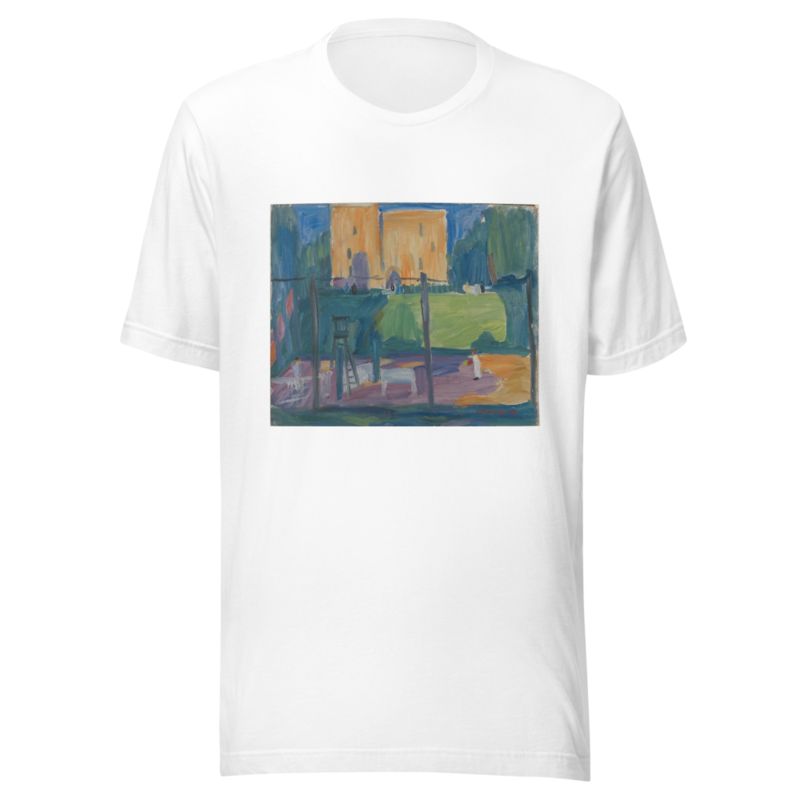
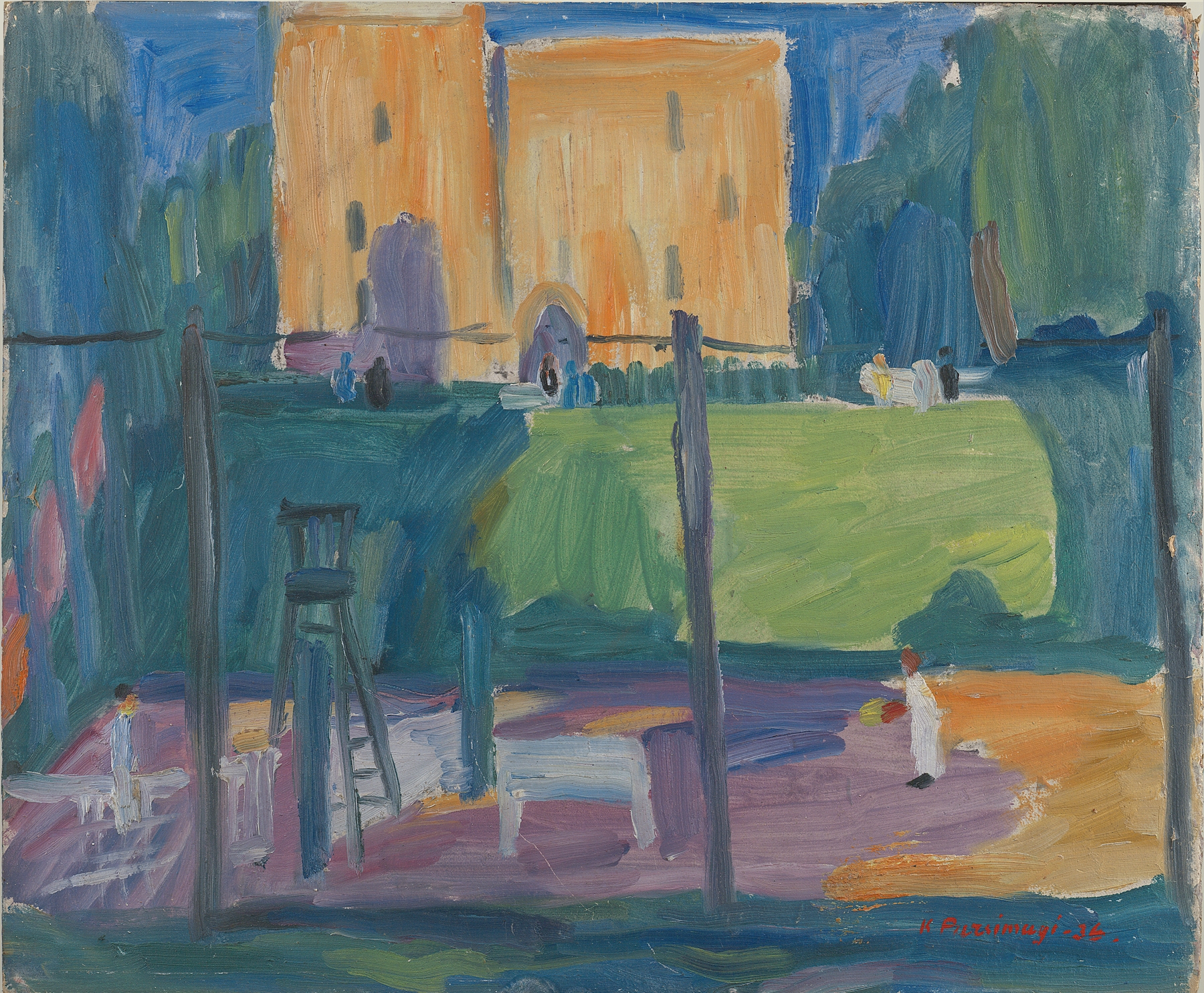

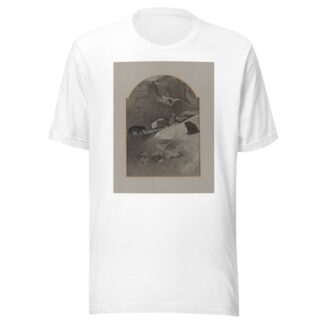
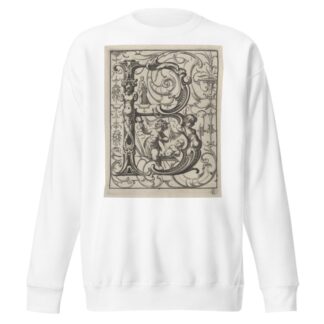
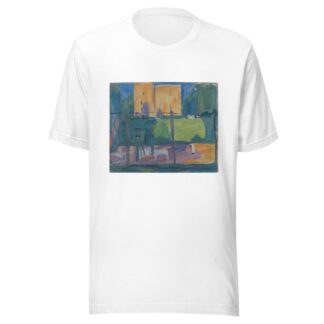
Reviews
There are no reviews yet.